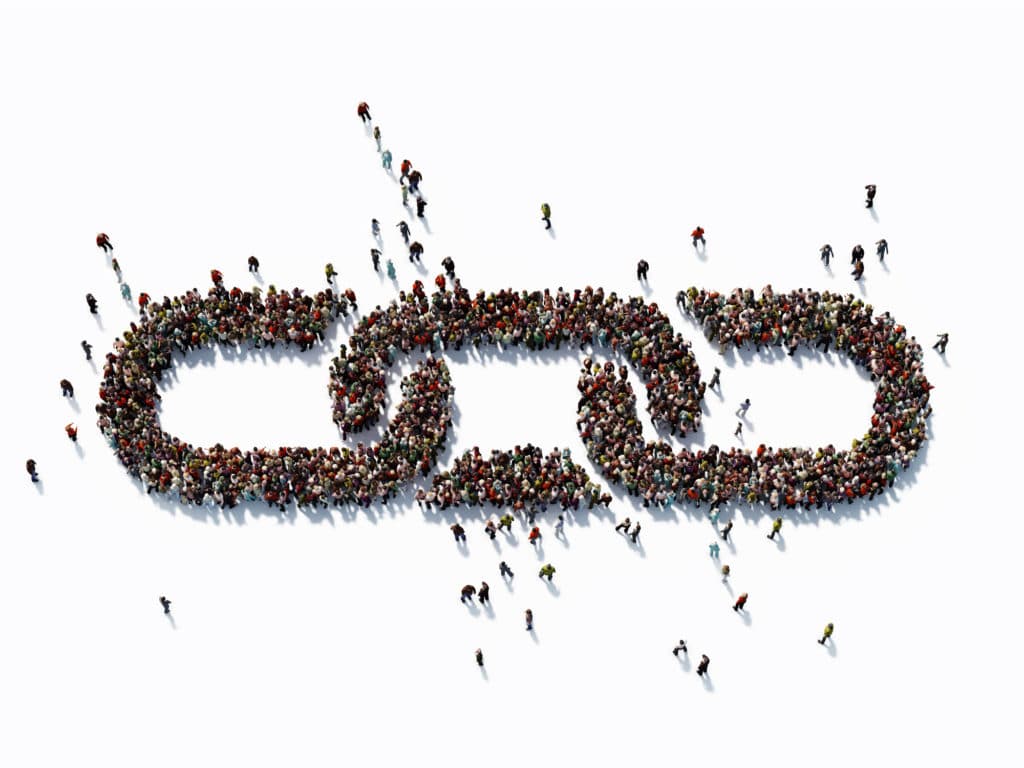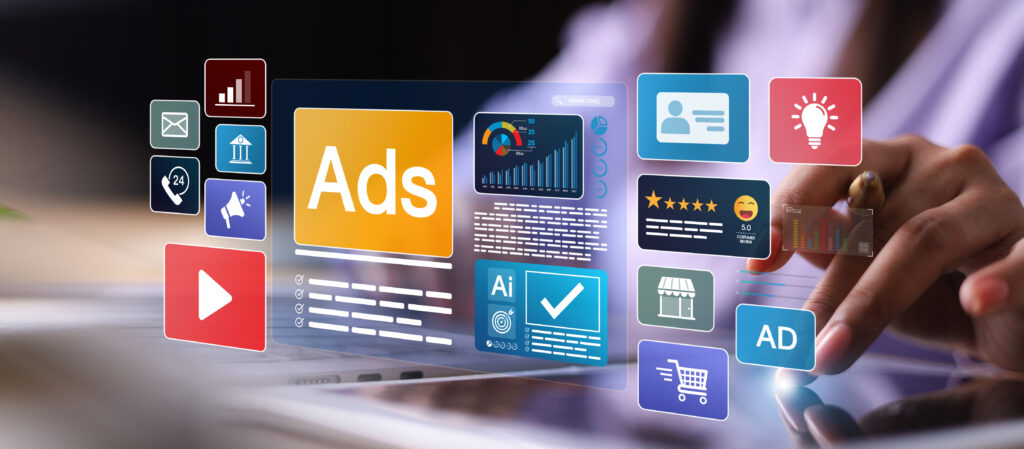no-follow links
New Link Attributes from Google
Google introduced new link attributes to provide more context about the nature of links. These include ‘sponsored’ for paid or sponsored links, ‘ugc’ for user-generated content, and modifications to ‘nofollow’ attribute, used when not endorsing a linked page. These changes allow for more nuanced link categorization, aiding Google’s understanding of web page relationships and improving…
Google’s Stance on No-Follow Outbound Links
Google’s stance on no-follow outbound links is clear and concise. Google’s updated guidance on no-follow outbound links indicates a shift in how these links are interpreted. While originally used to combat spam and unendorsed content, no-follow links are now treated as hints rather than directives by Google’s algorithms. This change reflects Google’s advanced understanding of…











